Idea by
Hermione Spriggs
Hermione Spriggs
Call for ideas 2016
What is it like to be a trap?
What is it like to be a trap?
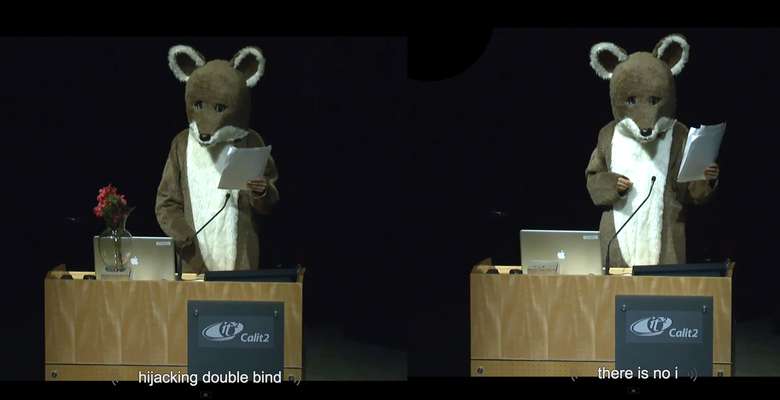
THE TRAP
As a device to catch prey, a snare is useless in isolation. The trap reconfigures its own context to suit a desired outcome. However, the surrounding environment is only one factor among many constituting a trap, embodied in both its material form and local situation. Anthropologist Alfred Gell describes the trap as a container for human agency and a nexus of interspecies relationships, an “evocation of complex intentionalities” that shifts from the symbolic to the operational: a “representation that functions as a prosthesis”.
As a processual assemblage, the trap ought be further explored as a model for discovering trans-species contact and, more generally, for developing empathy with the other, especially beyond the familiar context of predator-prey. The trap allows for multiple natures of intelligence to function alongside each other and exemplifies the temporary fusion of human and non-human to accomplish collective action.
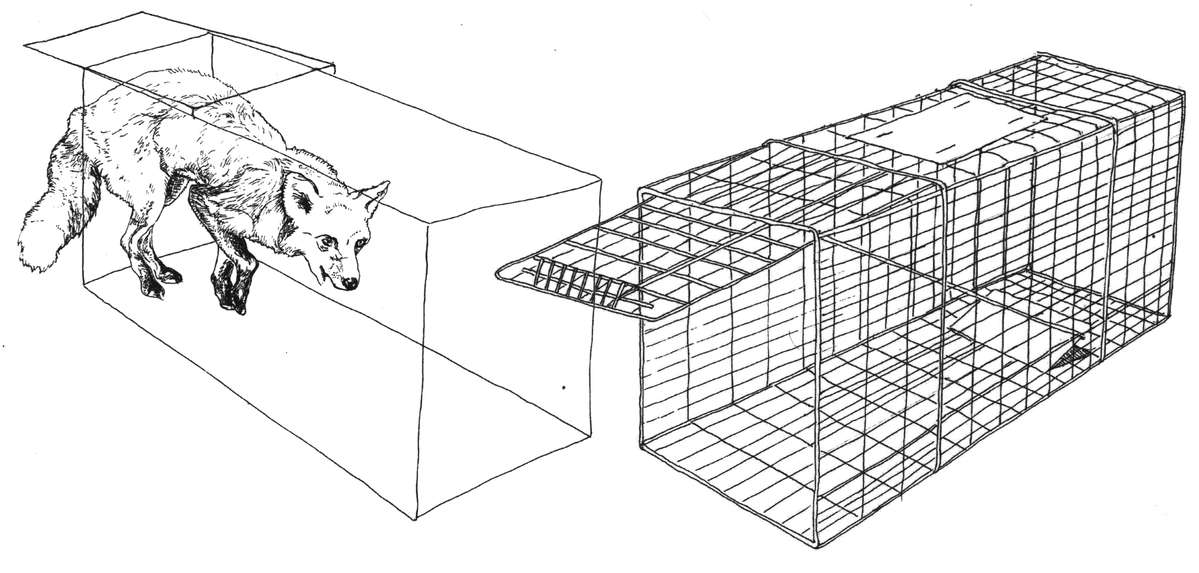
Cage trap (London), illustration Hermione Spriggs
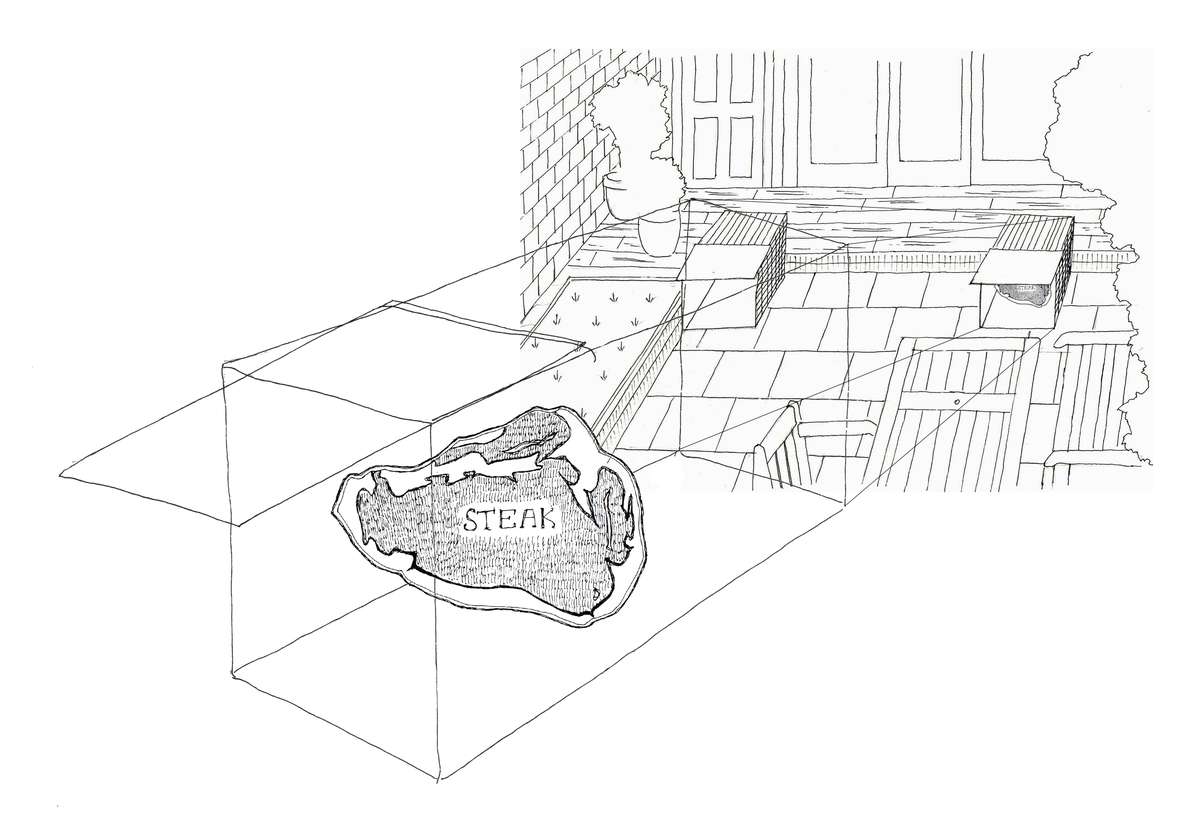
Garden Trapset (London), illustration Hermione Spriggs
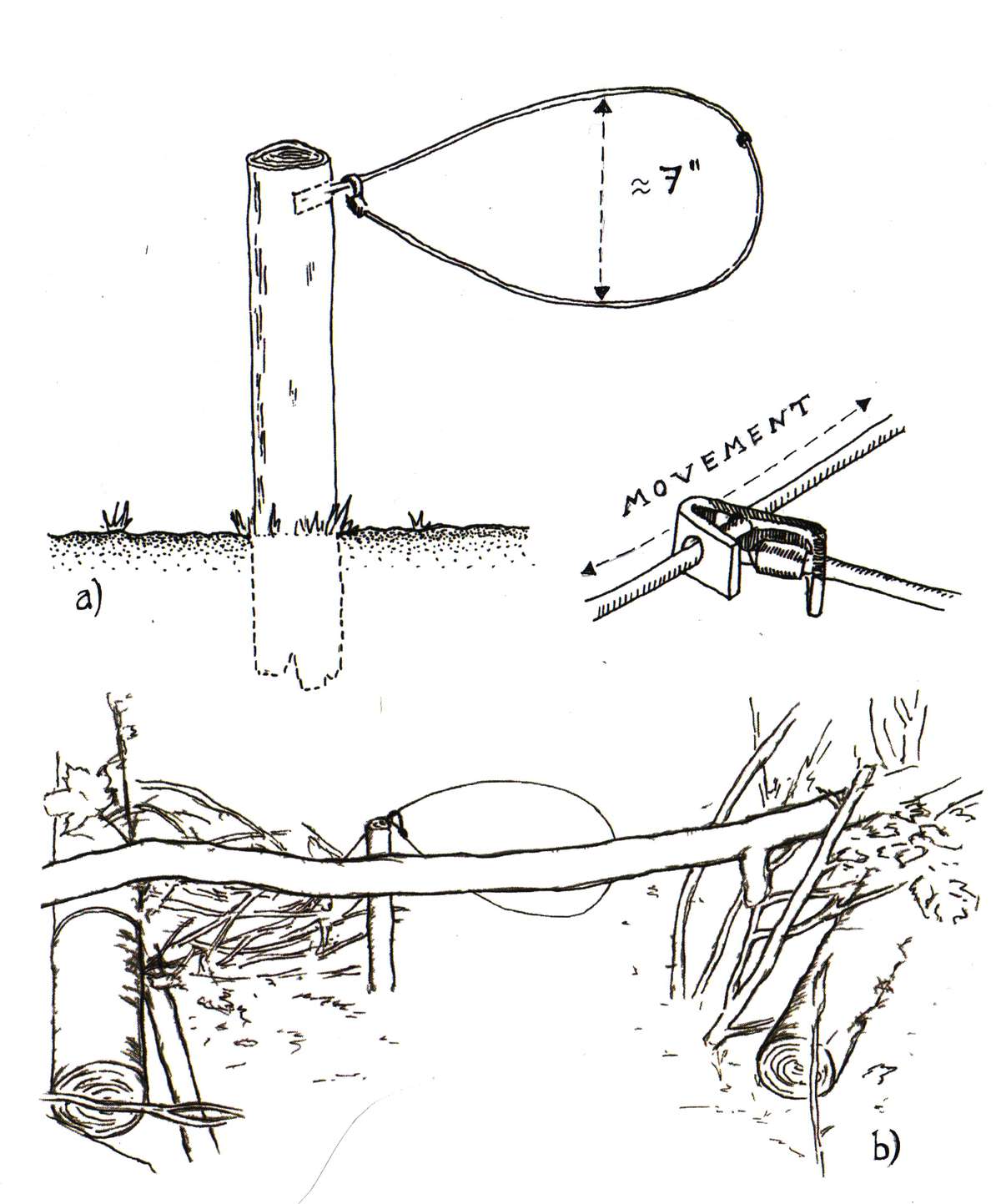
Snare Trapset (Northumberland), illustration Hermione Spriggs
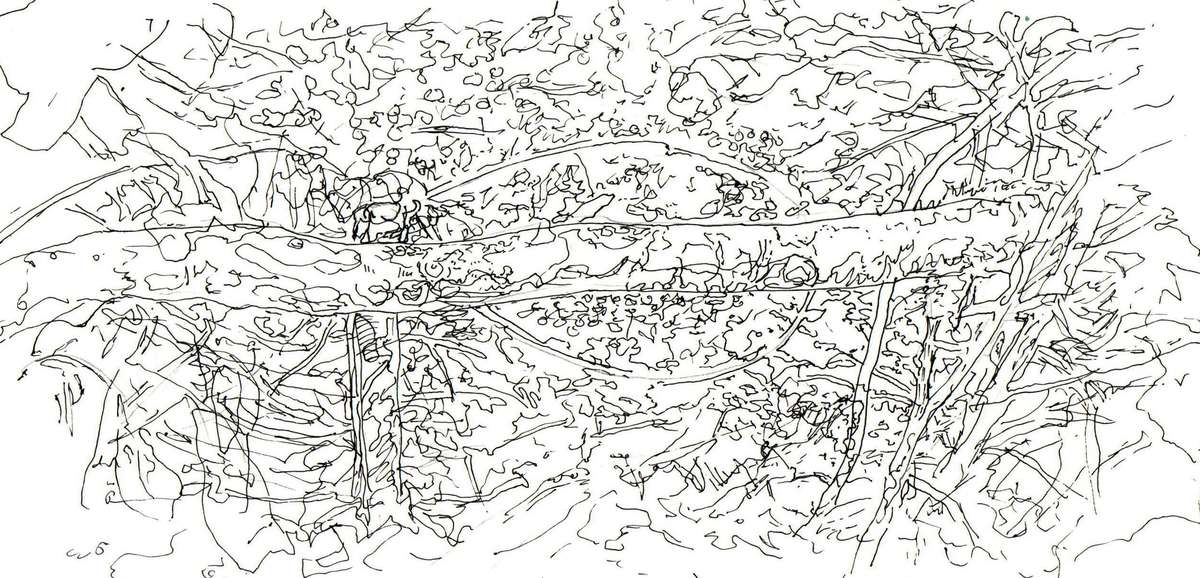
Snare (Camouflaged), illustration Hermione Spriggs
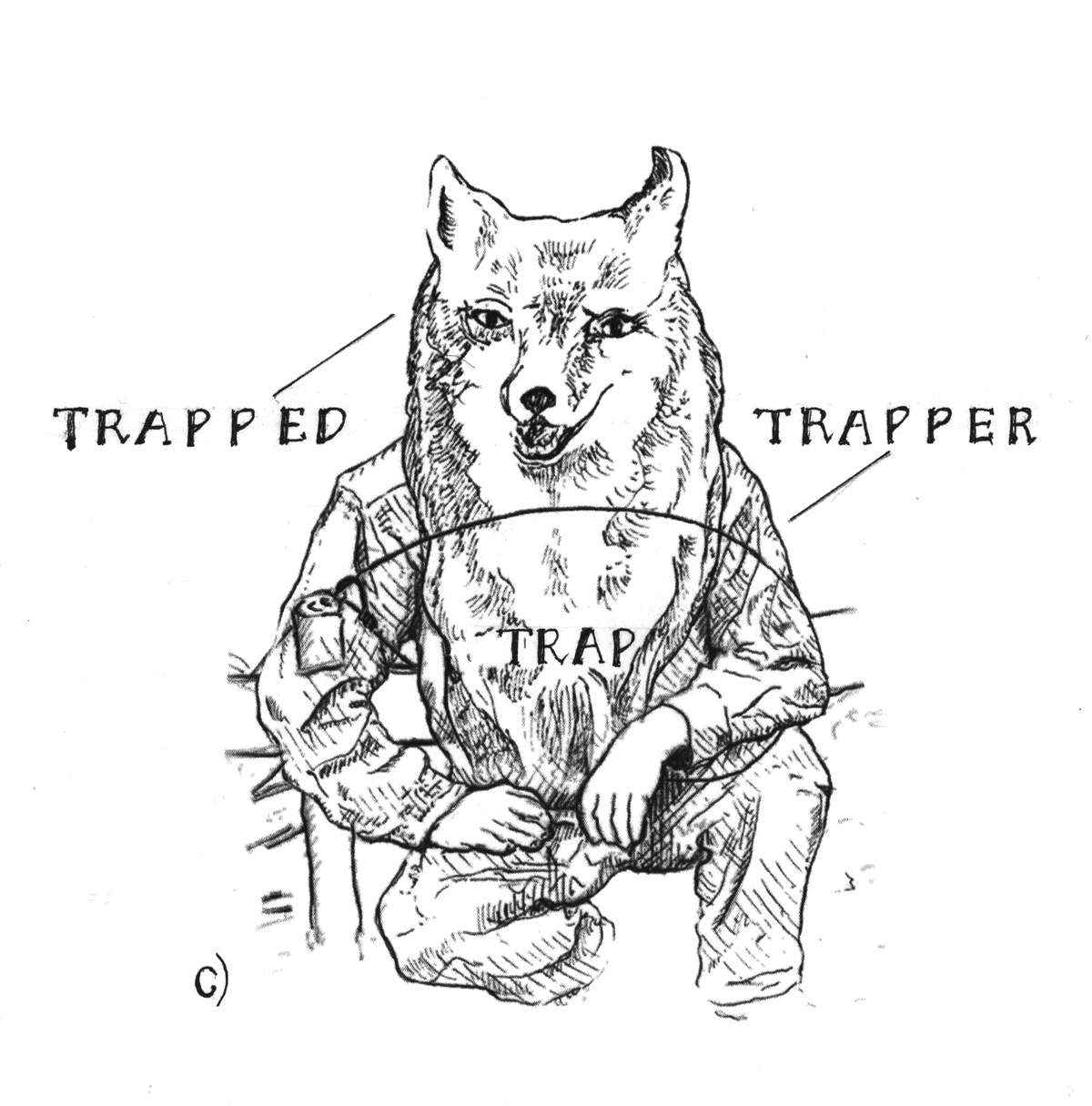
Trap Trapper Trapp't, illustration Hermione Spriggs
What is it like to be a trap?
What is it like to be a trap?

THE TRAP
As a device to catch prey, a snare is useless in isolation. The trap reconfigures its own context to suit a desired outcome. However, the surrounding environment is only one factor among many constituting a trap, embodied in both its material form and local situation. Anthropologist Alfred Gell describes the trap as a container for human agency and a nexus of interspecies relationships, an “evocation of complex intentionalities” that shifts from the symbolic to the operational: a “representation that functions as a prosthesis”.
As a processual assemblage, the trap ought be further explored as a model for discovering trans-species contact and, more generally, for developing empathy with the other, especially beyond the familiar context of predator-prey. The trap allows for multiple natures of intelligence to function alongside each other and exemplifies the temporary fusion of human and non-human to accomplish collective action.

Cage trap (London), illustration Hermione Spriggs
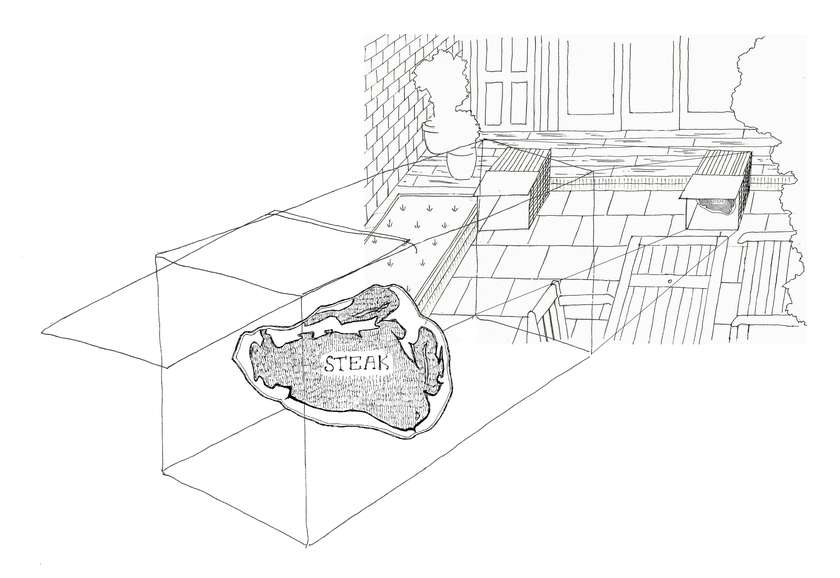
Garden Trapset (London), illustration Hermione Spriggs
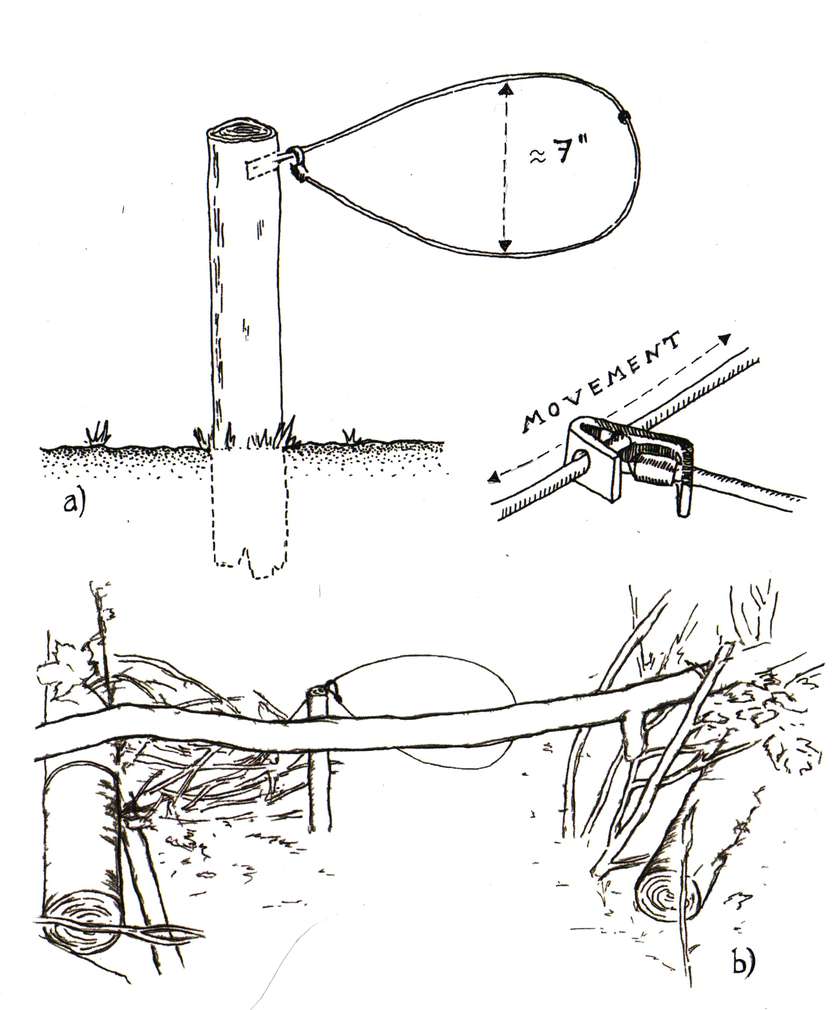
Snare Trapset (Northumberland), illustration Hermione Spriggs
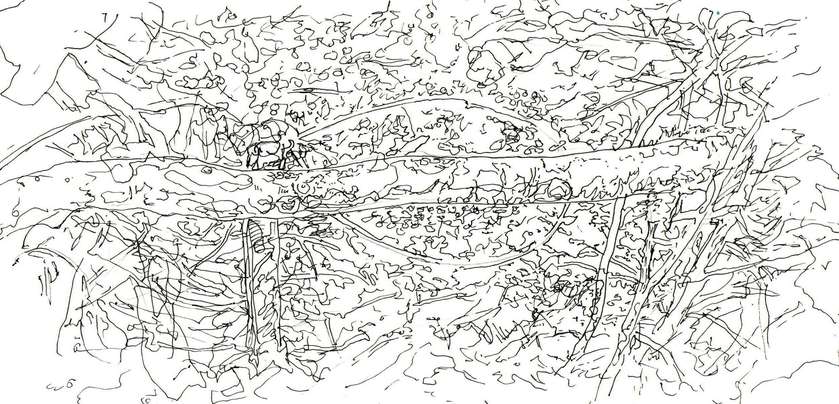
Snare (Camouflaged), illustration Hermione Spriggs
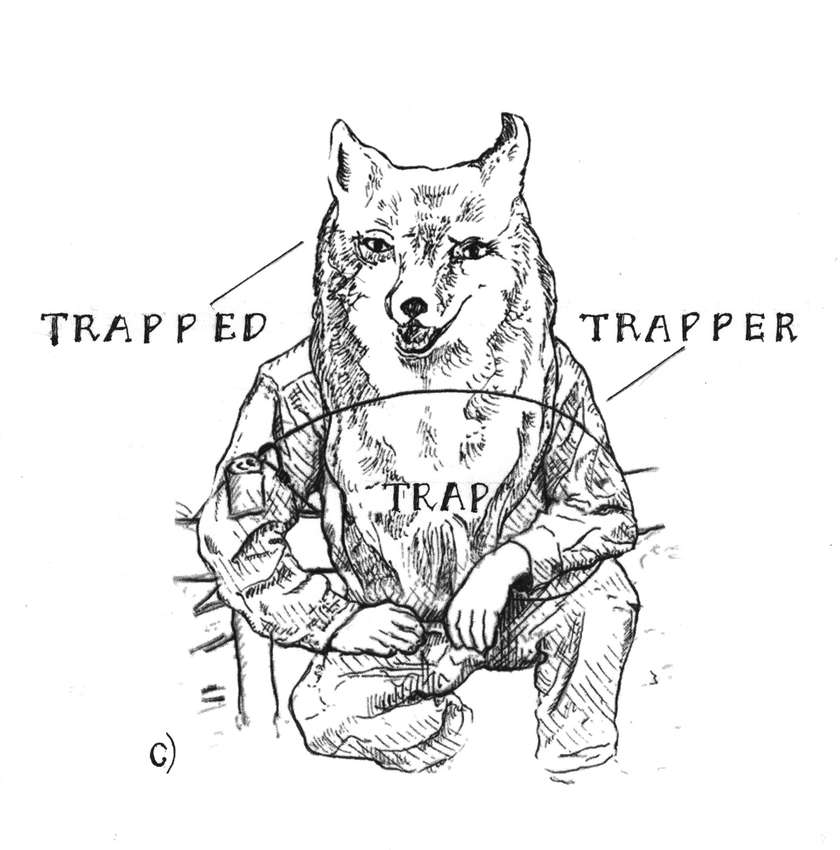
Trap Trapper Trapp't, illustration Hermione Spriggs